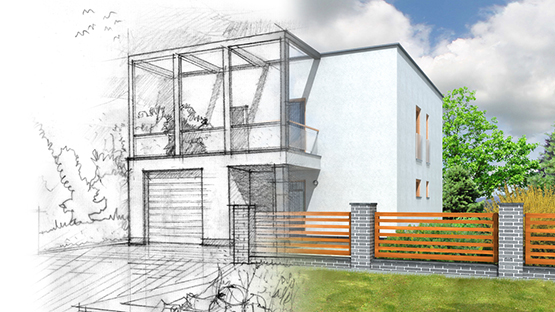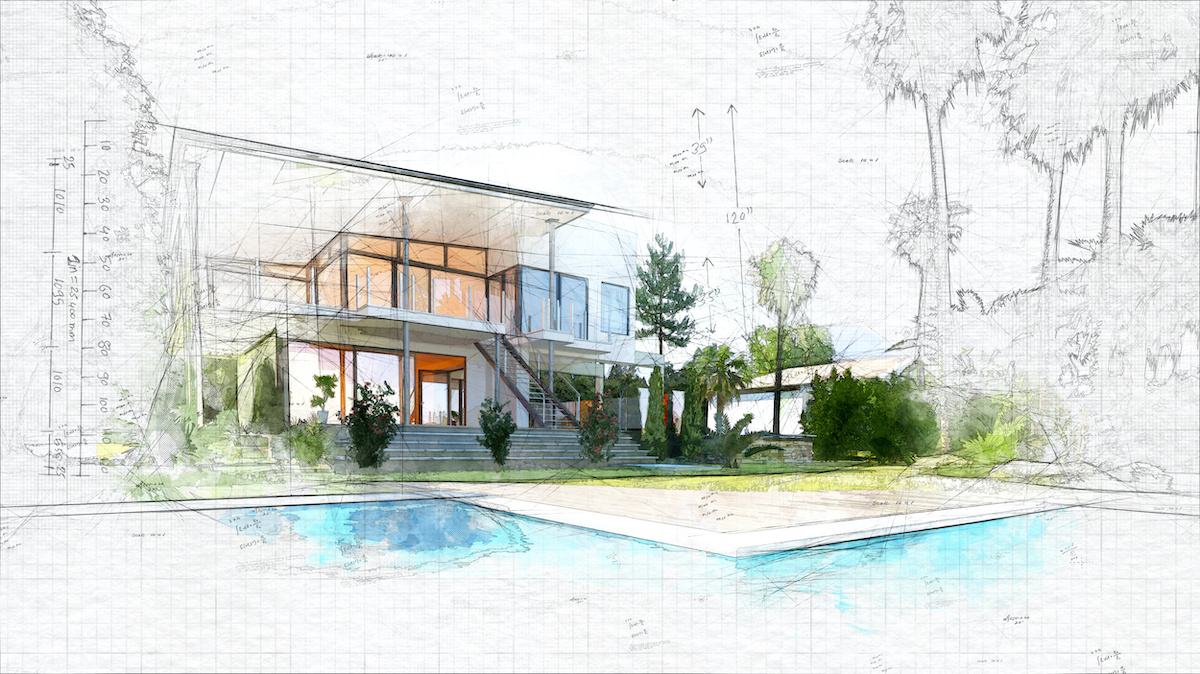Discover Cutting-edge Styles with Leading CDA Architects for Your Following Job
Discover Cutting-edge Styles with Leading CDA Architects for Your Following Job
Blog Article
The Effect of Technological Innovations on the Style Practices of Contemporary Architects
The rapid advancement of technical devices has substantially improved the style landscape for contemporary engineers, fostering extraordinary levels of technology and sustainability. Discovering these dynamics exposes a nuanced interaction between technology and conventional style methods, triggering a more detailed exam of what the future holds for building practices.
Development of Architectural Equipment
Exactly how have architectural tools transformed the design and building processes over the centuries? The evolution of building tools has considerably affected the efficiency, accuracy, and creativity of layout and building and construction. In ancient times, architects count on rudimentary tools such as plumb bobs, gauging poles, and fundamental geometry to create structures. These tools laid the foundation for very early building method, enabling the construction of legendary frameworks, albeit with restrictions in precision and complexity.
With the advent of the Renaissance, the intro of the compass and the protractor noted a critical change. These tools enabled designers to achieve greater accuracy in their styles, helping with the emergence of more complex and proportional structures (cda architects). The Industrial Revolution better changed architectural technique with the intro of mechanical devices and materials, enabling for larger and much more enthusiastic projects
In the 20th century, the advancement of computer-aided layout (CAD) software application transformed the landscape once more, offering designers with unprecedented capacities in modeling and visualization. Today, progressed devices such as Building Details Modeling (BIM) and parametric design software remain to push the borders of building innovation, enabling an extra integrated strategy to style and building processes.

Enhanced Partnership in Design
As modern technology continues to progress, enhanced collaboration in style has ended up being a foundation of modern building practice. The assimilation of digital devices such as Building Information Modeling (BIM), cloud-based systems, and advanced visualization software program has changed the way engineers, engineers, and stakeholders interact throughout the style process. These devices facilitate real-time interaction, allowing groups to share ideas, alterations, and comments instantly, despite geographical location.
Additionally, virtual truth (VIRTUAL REALITY) and enhanced fact (AR) have additional enriched collective initiatives by allowing immersive experiences that permit clients and employee to imagine tasks in an extra engaging way. This degree of interaction not only improves understanding yet also fosters a feeling of possession among stakeholders, causing even more informed decision-making.
Furthermore, interdisciplinary cooperation has actually been streamlined with these technological innovations, making it possible for designers to function extra closely with other experts, such as metropolitan coordinators and ecological professionals. The outcome is a more cohesive method to create that takes into consideration numerous perspectives and knowledge. Ultimately, improved collaboration in design is not merely a pattern; it is vital for producing cutting-edge, useful, and cosmetically pleasing architecture in an increasingly complex world.
Sustainability Through Technology
Sustainability in architecture has actually significantly come to be linked with technological advancement, driving the market toward ecologically responsible practices - cda architects. Contemporary architects are leveraging innovative modern technologies to decrease ecological influence while boosting the efficiency of buildings. One popular example is using Structure Info Modeling (BIM), which permits precise planning and resource allocation, lowering waste throughout building and promoting power effectiveness my response throughout a building's lifecycle
Moreover, smart materials and energy-efficient systems are being incorporated right into styles to optimize source usage. Technologies such as photovoltaic cells and environment-friendly roof systems harness renewable power sources, adding to lowered carbon footprints. In addition, the application of expert system in layout processes makes it possible for designers to replicate and evaluate power usage, guiding choices toward more lasting results.
The integration of sustainable technologies not just lines up with global environmental objectives yet likewise fulfills a raising need from customers for environment-friendly options. As architects accept these innovations, the emphasis changes towards developing spaces that are not just cosmetically pleasing however additionally functionally sustainable, thus redefining the criteria of modern architecture. In this means, technology functions as a stimulant for sustainability, enabling designers to create structures that respect and improve the natural surroundings.
Obstacles in Implementation
While technological innovations in style hold terrific assurance for enhancing sustainability, their implementation typically runs into considerable difficulties. One key barrier is the high learning curve related to new innovations. Engineers and building and construction professionals might require substantial training to successfully make use of innovative software program and devices, which can postpone task timelines and increase costs.
Additionally, the integration of emerging technologies, such as Building Information Modeling (BIM) and sustainable products, frequently requires partnership throughout multidisciplinary groups. This collaboration can be prevented by differences in experience, process, and interaction designs, causing possible disputes and inadequacies.
Financial restrictions even more make complex the fostering of ingenious modern technologies. Several architectural companies, especially smaller ones, may do not have the resources to invest in cutting-edge devices, restricting their ability to compete with bigger firms that can manage such financial investments.
Furthermore, regulatory structures and building codes may not maintain speed with technical innovations, producing uncertainty and potential conformity concerns. This obstacle can inhibit designers from fully accepting brand-new innovations, as the threat of non-compliance might exceed the benefits. Attending to these implementation obstacles is vital for the successful combination of technical developments in modern architectural methods.
Future Fads in Architecture
The obstacles related to the implementation of brand-new modern technologies in architecture have actually motivated a reevaluation of future trends within the market. As engineers navigate problems such as sustainability, urbanization, and social equity, they are increasingly embracing cutting-edge technologies to improve style performance and environmental performance.
One famous fad is the integration of expert system (AI) in the design process. AI tools can examine substantial datasets to inform design decisions, improving both creative thinking and capability. Likewise, Structure Details Modeling (BIM) remains to evolve, enabling real-time partnership among stakeholders and look at here assisting in structured task monitoring.
Lasting layout practices are also acquiring momentum, with designers concentrating on adaptive reuse and regenerative design concepts that lessen source usage and waste. The consolidation of wise products and renewable resource resources will even more boost the strength of structures when faced with climate change.
Additionally, the surge of parametric layout enables more personalized read the article and context-sensitive building options. By taking advantage of these developments, architects are positioned to produce developed environments that not just deal with the immediate needs of culture however also prepare for future obstacles, thereby redefining the duty of design in an ever-changing globe.
Verdict

Report this page